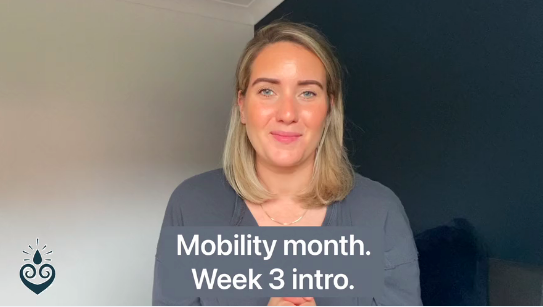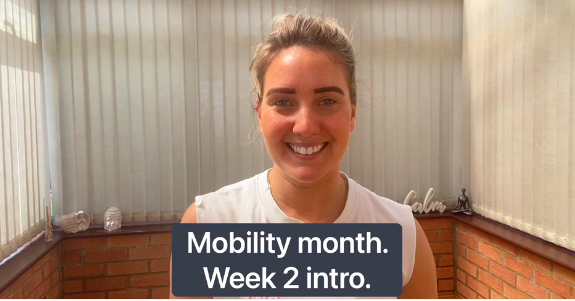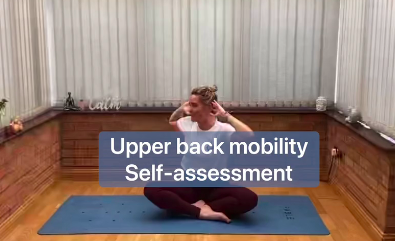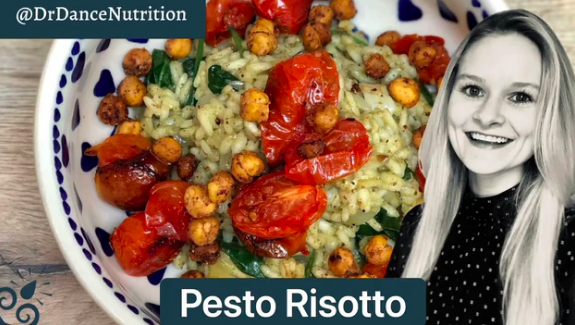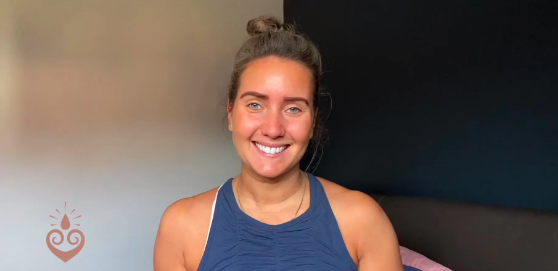I especially wanted to share this recipe because thanks to the edamame beans and chickpeas, it is really high in protein – so it is a perfect post class / performance dish to help with recovery! It makes it a nice satisfying / filling dish as well. And because risotto can keep well in the fridge for a few days and can also be frozen – it’s a good one to make in bulk.
You’ll find a list of ingredients below, and you’ll notice this can be plant-based, dairy free, and gluten free. Please remember that many of the ingredients are optional. For example you can absolutely make this without the spinach, parmesan, lemon juice etc. Even the tomatoes and chickpeas are ‘add-ons’! But this does make a gorgeous risotto with a lovely combination of flavours and textures 👌🏼
Ingredients (makes ~4 portions):
•300g arborio (risotto) rice
•100g green pesto (you can get gluten /dairy/wheat free)
•~800ml veg (or meat) stock. Note that you might need more depending on your rice!
•1/2 onion, roughly chopped
•3 cloves of garlic, crushed/minced
•Juice of 1/2 lemon
•Olive oil / spray
•600g cherry tomatoes (1/2 chopped)
•1 tin chickpeas (drained, rinsed, dried and ideally de-shelled)
•2-3 tbsp paprika (or another spice / flavour)
•35g parmesan (you can get plant-based equivalents)
•90g spinach
•150g edamame (or cooked soya) beans
Tips:
•There are different types of rice that can be used for risotto, so make sure to follow the instructions for the rice that you buy. The arborio rice I typically use only needs about 20 minutes to cook, but some need longer. That also means that you might need more stock to help it along – so just bare that in mind!
•This usually makes 4 portions for me, but of course just divide the ingredients up for smaller portions. And even when making for 4 portions (as above) you probably won’t use the whole tin of chickpeas. But I just tend to do them all as roasted chickpeas also make a great little snack as well, or can be added to salads and soups too. So just pop what you don’t use in a Tupperware!
•When roasting the chickpeas, it is important that they are really quite dry so that they become nice and crunchy rather than soggy. So once they are drained, I tend to pat them dry with a clean kitchen towel/cloth, or just leave somewhere to dry for a while first. And taking a bit of time to de-shell them first also helps with the texture (plus it’s quite satisfying!)
Enjoy,
Dr Meghan Brown x





